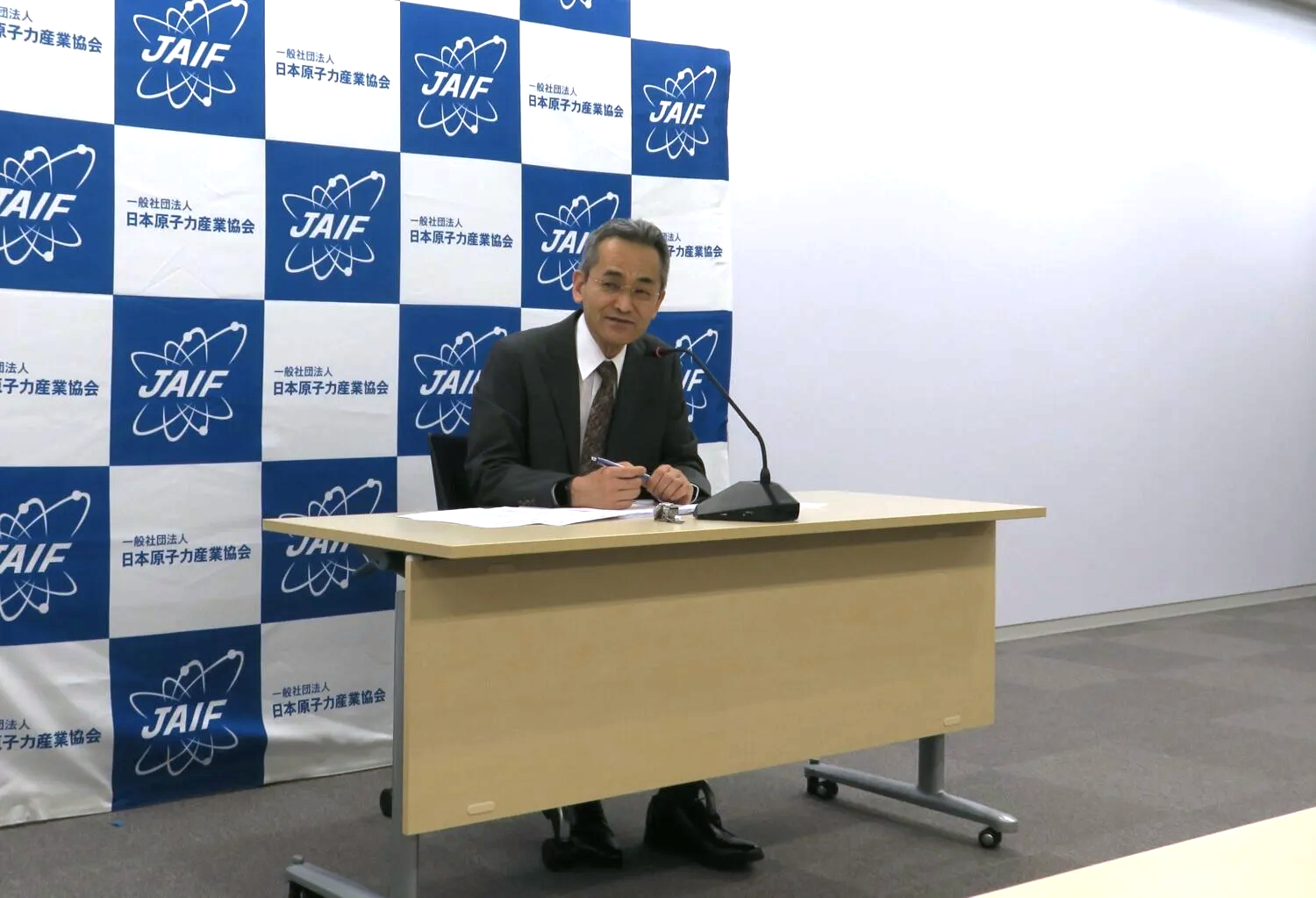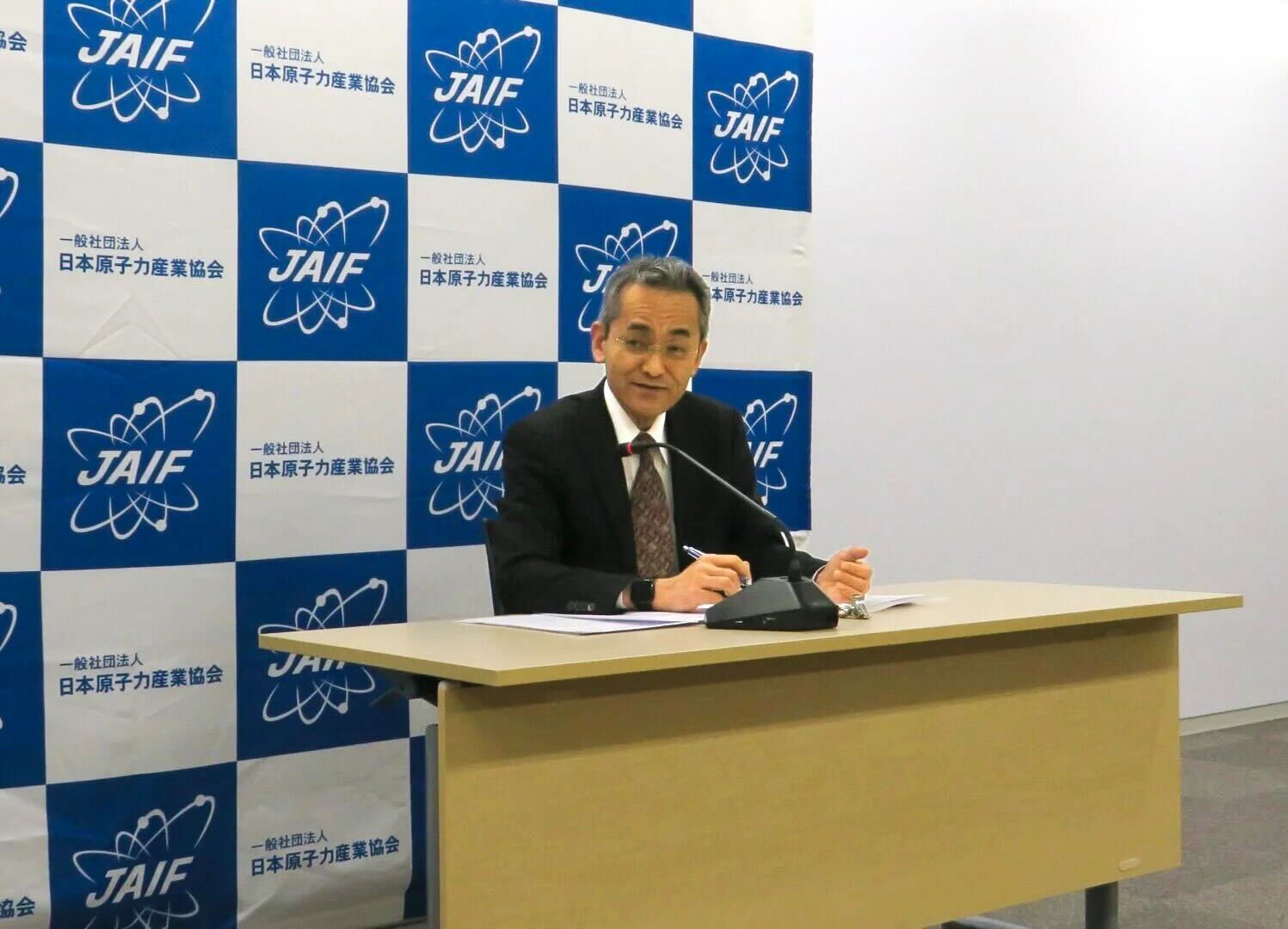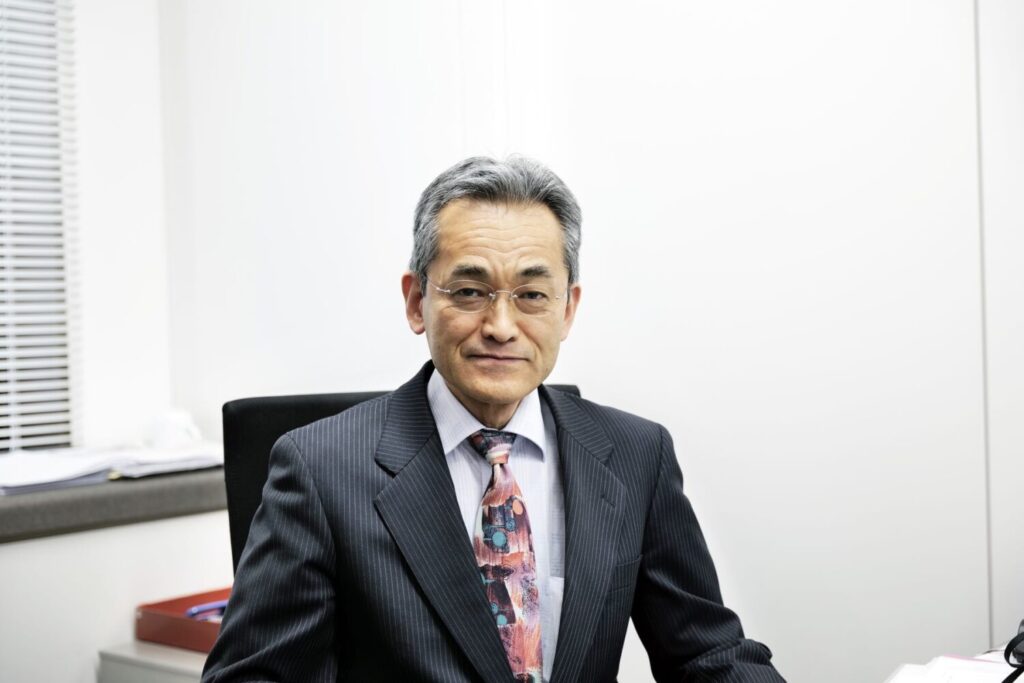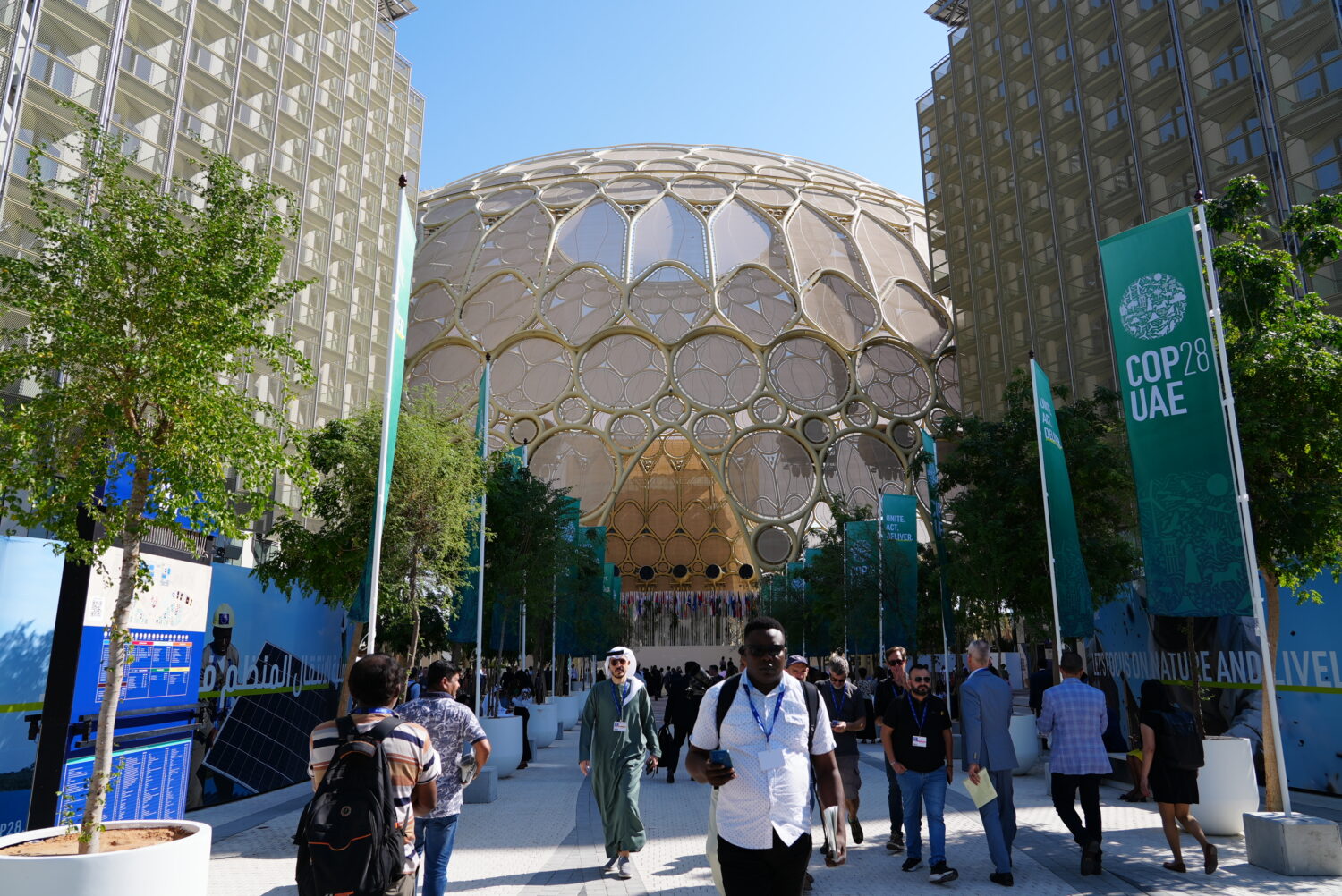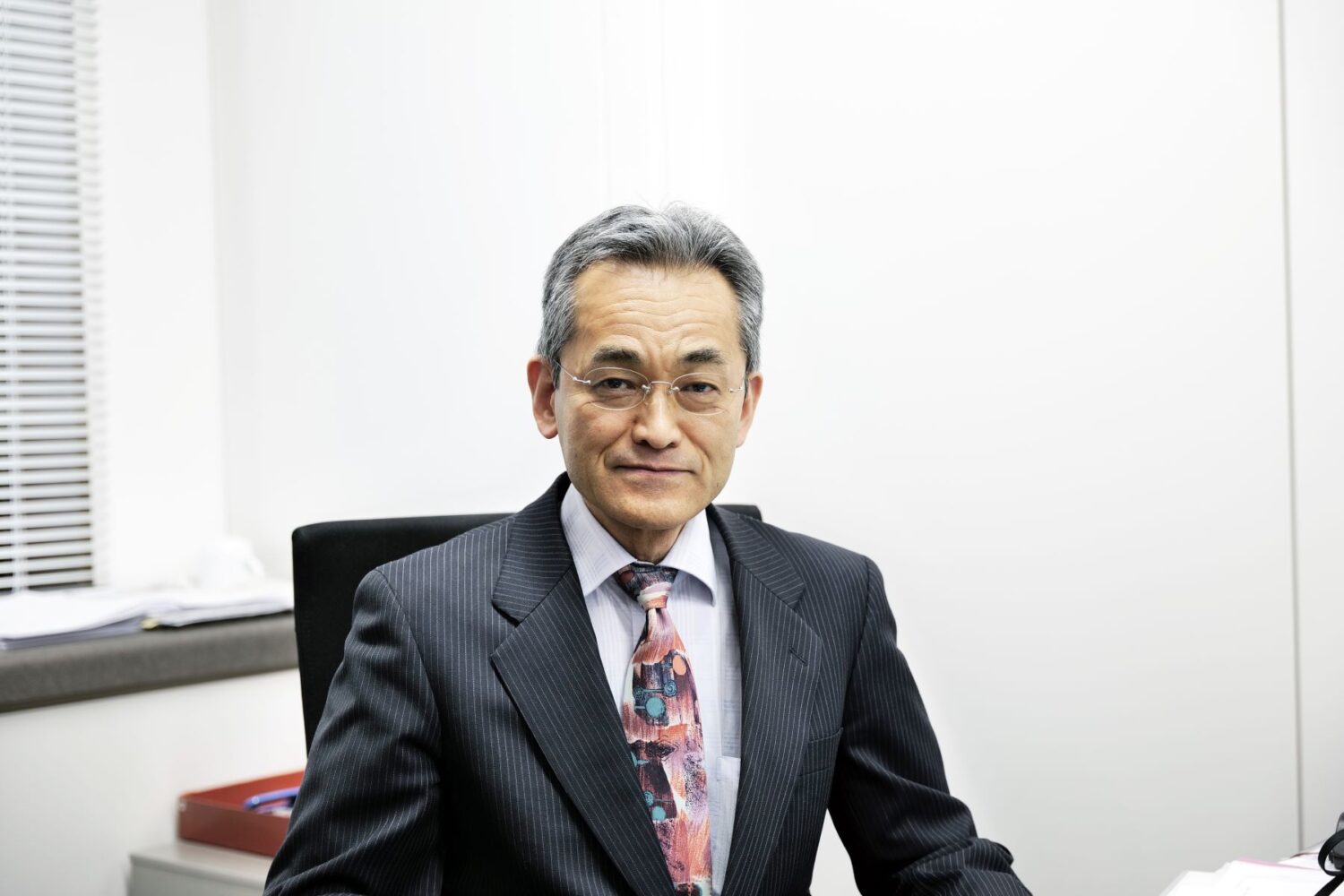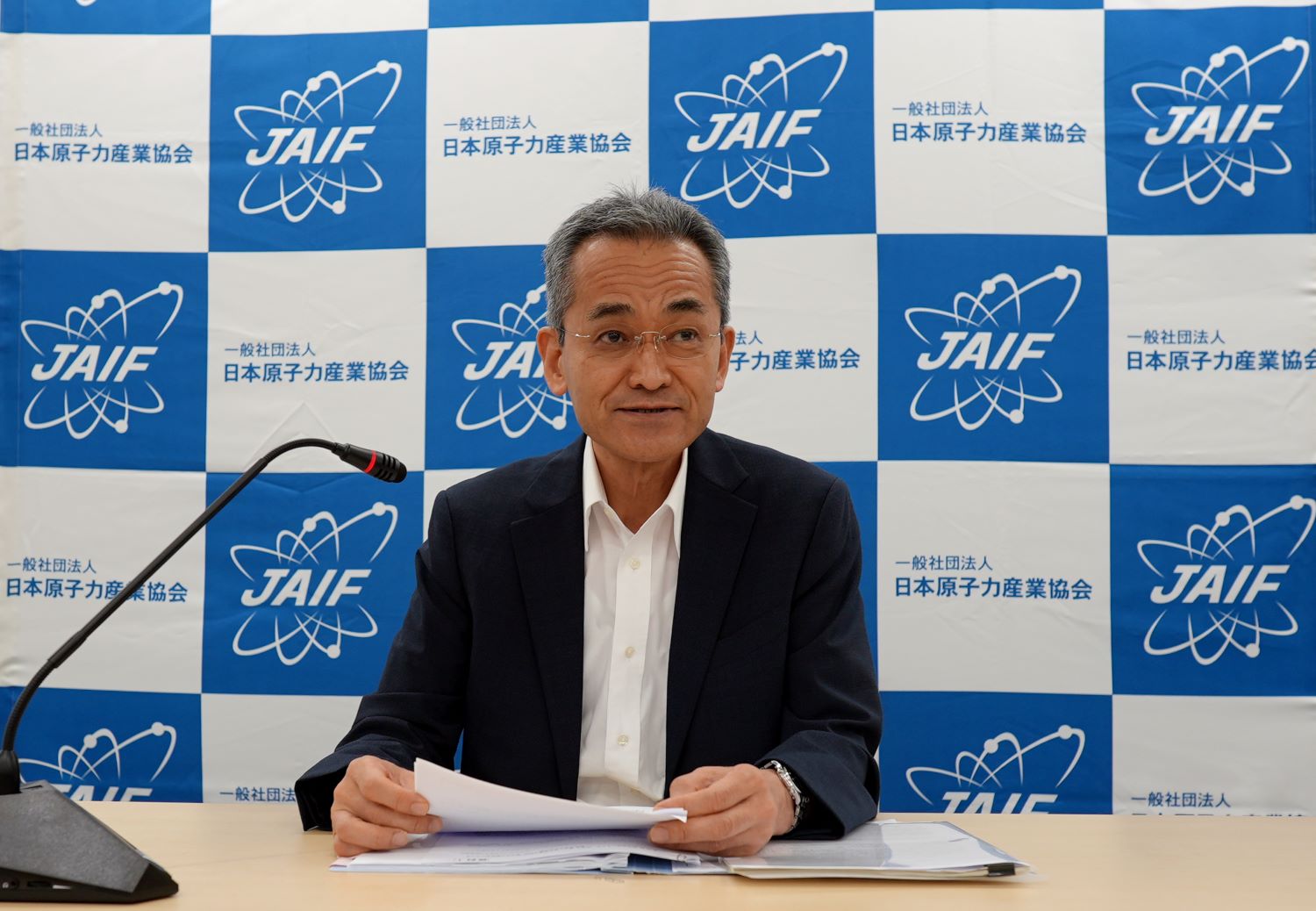The water—hereafter referred to as “ALPS treated water”—had all its radioactive materials removed except tritium.
The decision was based on technological evaluations by an expert task force on the handling of tritium water under the governmental Contaminated Water Treatment Committee, as well as by the Subcommittee on Handling of the ALPS Treated Water (“ALPS subcommittee”) regarding safety.
There was also comprehensive consideration of societal viewpoints, including the effects of unfounded fears and rumors, and extensive dialogue with concerned parties. I express my respects to all involved for their endeavors.
Under the policy, the tritium concentration after the water is released will have been diluted to 1,500Bq/L, one-fortieth the regulatory limit of 60,000Bq/L, and about one-seventh the standard for drinking water according to the World Health Organization (WHO). The release will take place over the course of more than forty years, with the maximum annual release being less than 22 trillion Bq.
The ALPS subcommittee, in its environmental calculations and assessment, made the very conservative assumption that all ALPS treated water currently stored in the tanks (the tritium content of which is about 860 trillion Bq) would be released to the sea in the course of one year. It also concluded that the same amount would be released in the following year and afterward, making the determination—using the evaluation model of the United Nations Scientific Committee on the Effects of Atomic Radiation (UNSCEAR)—that the annual effect would be about 0.000071mSv to 0.00081mSv, or considerably lower than the effect of natural radiation in Japan (2.1mSv annually).
Water is routinely released into the sea at nuclear facilities around the world after having been treated and diluted to concentrations meeting safety standards, including those of Japan and neighboring countries.
A team of experts of the International Atomic Energy Agency (IAEA) reviewed the results of deliberations by the ALPS subcommittee. According to the IAEA’s review report released in April 2020, “the subcommittee’s recommendations to the Government of Japan were based on a comprehensive and scientifically sound analysis addressing the necessary technical, non-technical and safety aspects.”
In an online meeting last March with Hiroshi Kajiyama, head of Japan’s Ministry of Economy, Trade and Industry (METI), IAEA Director General Rafael Mariano Grossi said that his Agency would continue its cooperation and was ready to assist in the following areas: the dispatch of review missions, support for environmental monitoring, and the ensuring of transparency toward the international community.
In implementing the water’s release in the future, I expect that the Japanese government, TEPCO and other involved parties will endeavor to foster understanding and alleviate anxieties both domestically and internationally. In so doing, they will execute thorough countermeasures to minimize—to the greatest possible extent—the effects of unfounded fears and rumors, and disseminate nationally and overseas the results of monitoring of environmental effects, in a manner that will be easy to understand.
We at JAIF will strive to provide accurate information and improve understanding in Japan and abroad through cooperation with the IAEA and other relevant organizations overseas.





